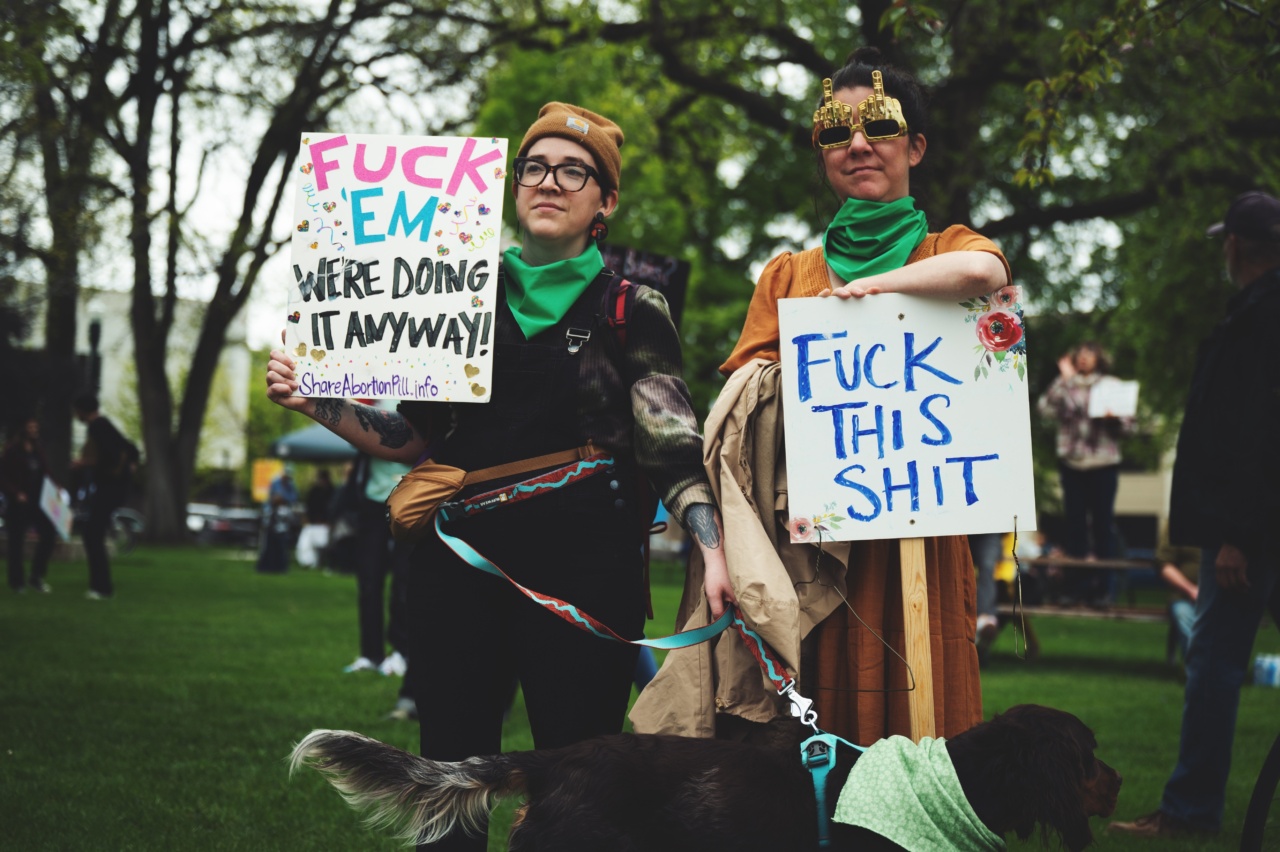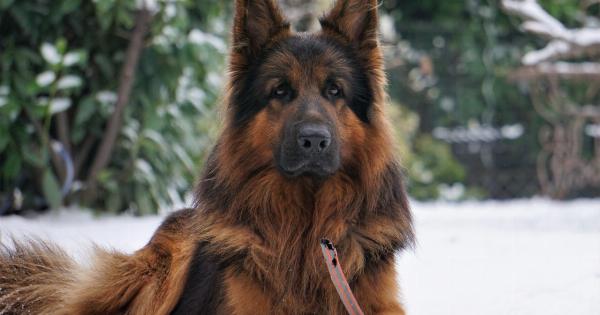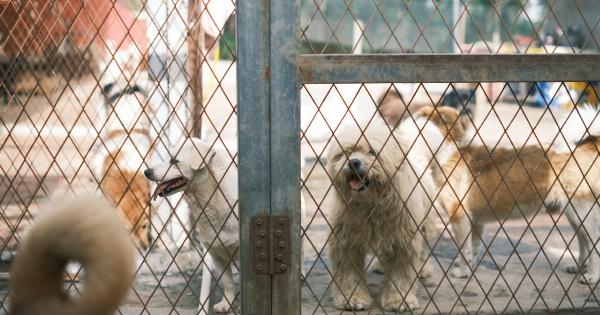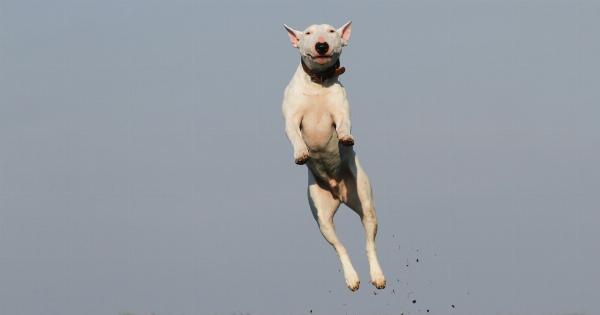Dogs are social animals, and they communicate with us and each other in a variety of ways. It’s important to understand how your dog is feeling, so you can help them when they’re stressed or anxious.
Here are ten signs to look out for that may indicate your dog is feeling uneasy.
1. Panting
Panting is normal for a dog when they’re hot or after exercise, but it can also be a sign of anxiety. If your dog is panting excessively and there’s no obvious reason for it, they may be feeling uneasy.
Other signs of anxiety may include pacing, whining, or hiding.
2. Shaking
Shaking can be a sign of excitement or fear, so it’s important to look at your dog’s overall body language to understand how they’re feeling.
If your dog is shaking, and their tail is tucked between their legs, they may be feeling anxious or scared.
3. Increased Aggression
Dogs may become more aggressive if they’re feeling anxious or unsure.
If your dog is growling, barking, or snapping at people or other animals more than usual, it’s worth considering whether they’re feeling comfortable in their environment.
4. Loss of Appetite
If your dog suddenly loses their appetite or stops eating altogether, it could be a sign that they’re not feeling well or are experiencing anxiety.
Keep an eye on their behavior and look out for other signs of stress, such as lethargy or restlessness.
5. Excessive Licking
Dogs may excessively lick themselves or objects if they’re feeling anxious. It’s important to note the location of the licking – if your dog is constantly licking their paws or other body parts, this could be a sign of stress.
If your dog is licking household objects, it could be a compulsive behavior caused by boredom or anxiety.
6. Hiding Behavior
If your dog is hiding under furniture or in their crate more often than usual, it could be an indicator that they’re feeling uneasy. This could be caused by a variety of factors, such as loud noises or changes in their environment.
7. Increased Vocalization
If your dog is barking or howling more than usual, it could be a sign of anxiety. This behavior may be more prevalent when your dog is left alone or in unfamiliar surroundings.
8. Excessive Shedding
Stress can cause excessive shedding in dogs. If you’re noticing more hair than usual on your furniture or clothes, it’s worth considering whether your dog is feeling anxious or stressed.
9. Destructive Behavior
If your dog is chewing or destroying household items, it could be a sign of anxiety. This behavior may be more prevalent when your dog is left alone for long periods of time or in unfamiliar surroundings.
10. Agitation
If your dog seems agitated or restless, it could be a sign that they’re feeling anxious. This behavior may be more prevalent when your dog is in new or challenging situations.
Conclusion
By paying attention to your dog’s behavior and body language, you can gain a better understanding of their emotional state.
If you notice any of these signs of anxiety or unease, it’s important to identify the cause and provide support for your dog. Whether it’s through training, environmental modifications, or seeking professional help, there are many ways to help your dog feel more comfortable and at ease.






























